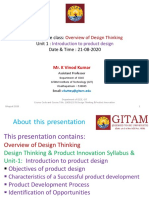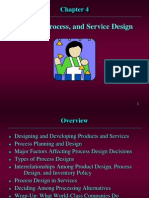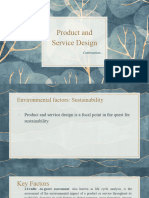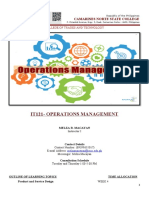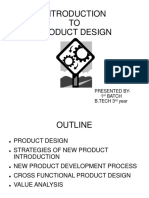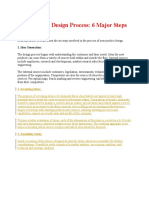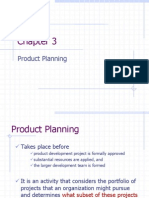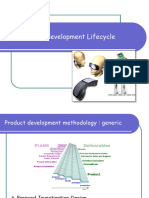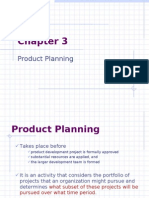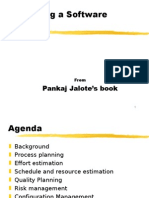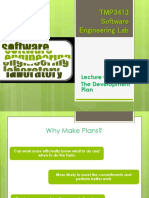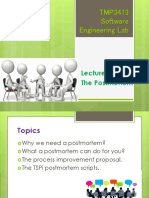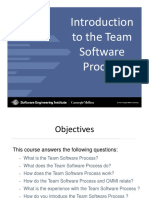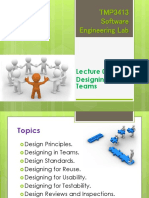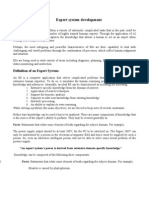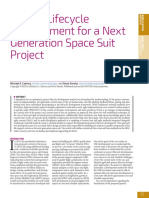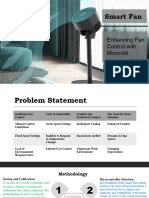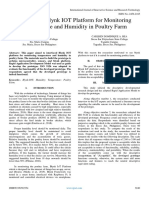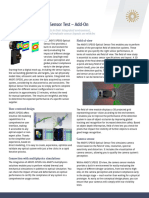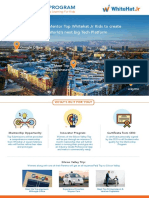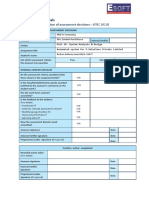0% found this document useful (0 votes)
70 views26 pagesTMP3413 Software Engineering Lab: The Development Strategy
The document discusses the importance of developing a strategy before starting a software project. It explains that a strategy should include development increments, version content, integration and testing plans, and prototypes needed. It also discusses estimating size and time, revising estimates if needed, conceptual design, planning alternatives and risks, and documenting the selected strategy. The strategy script provides steps for teams to follow to develop their strategy.
Uploaded by
Nurfauza JaliCopyright
© © All Rights Reserved
We take content rights seriously. If you suspect this is your content, claim it here.
0% found this document useful (0 votes)
70 views26 pagesTMP3413 Software Engineering Lab: The Development Strategy
The document discusses the importance of developing a strategy before starting a software project. It explains that a strategy should include development increments, version content, integration and testing plans, and prototypes needed. It also discusses estimating size and time, revising estimates if needed, conceptual design, planning alternatives and risks, and documenting the selected strategy. The strategy script provides steps for teams to follow to develop their strategy.
Uploaded by
Nurfauza JaliCopyright
© © All Rights Reserved
We take content rights seriously. If you suspect this is your content, claim it here.
/ 26









